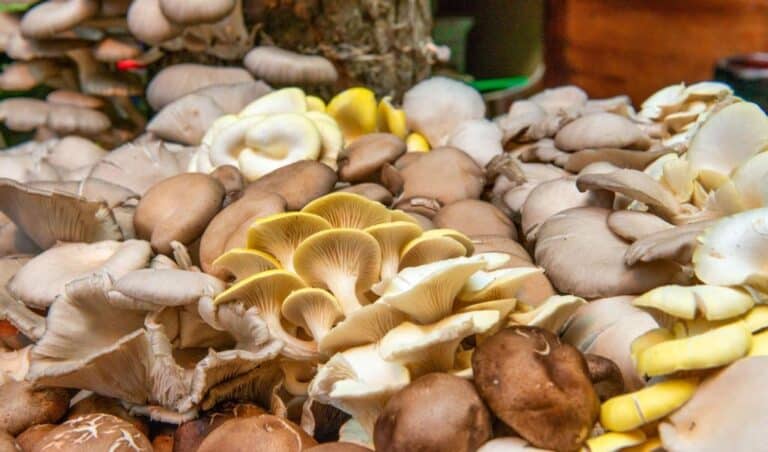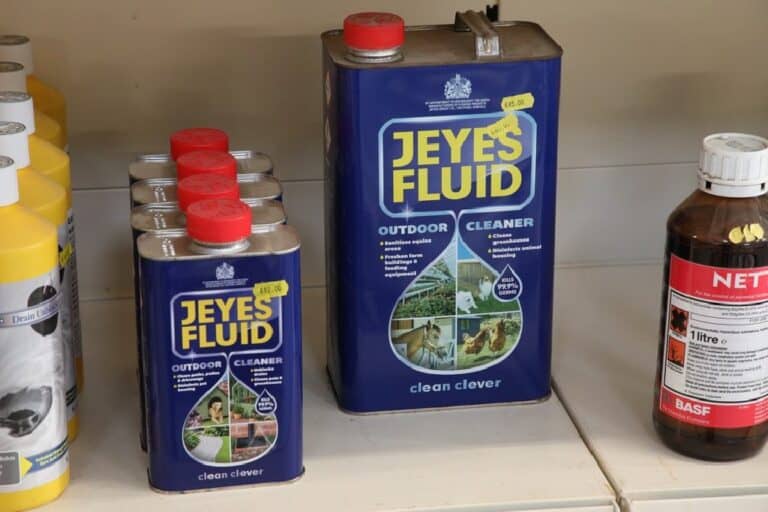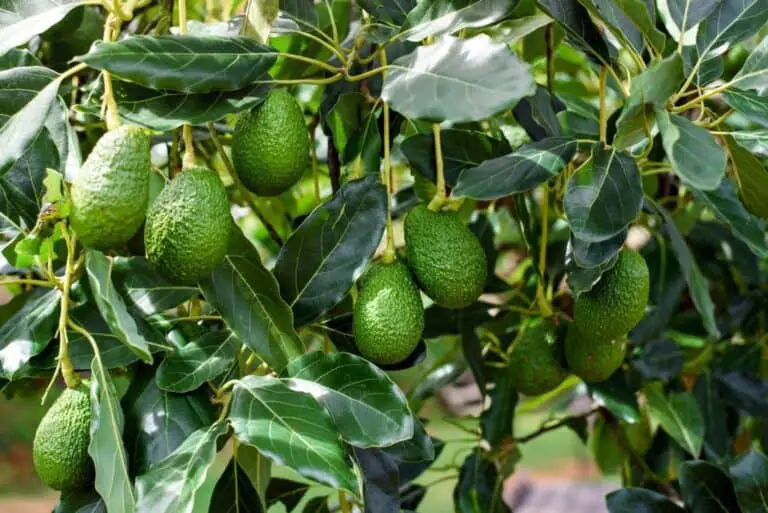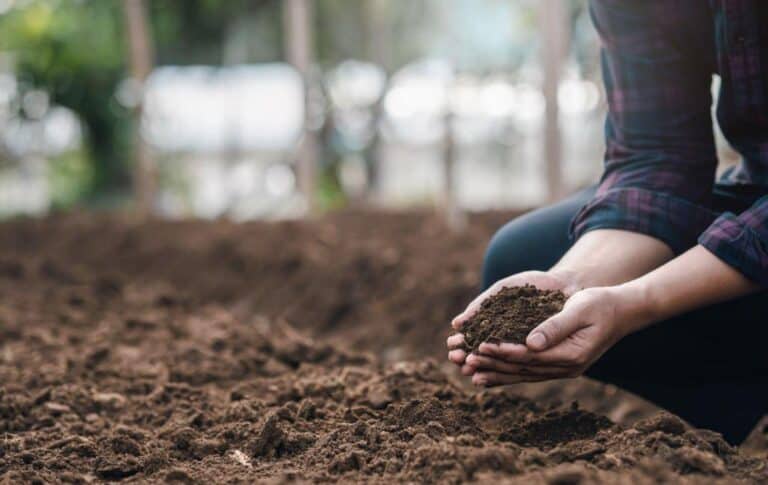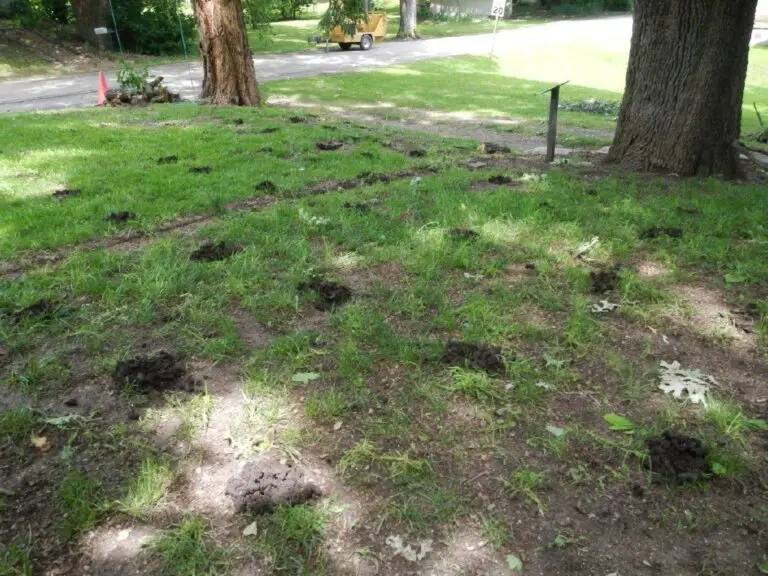Does Topsoil Need to Be Compacted before Seeding
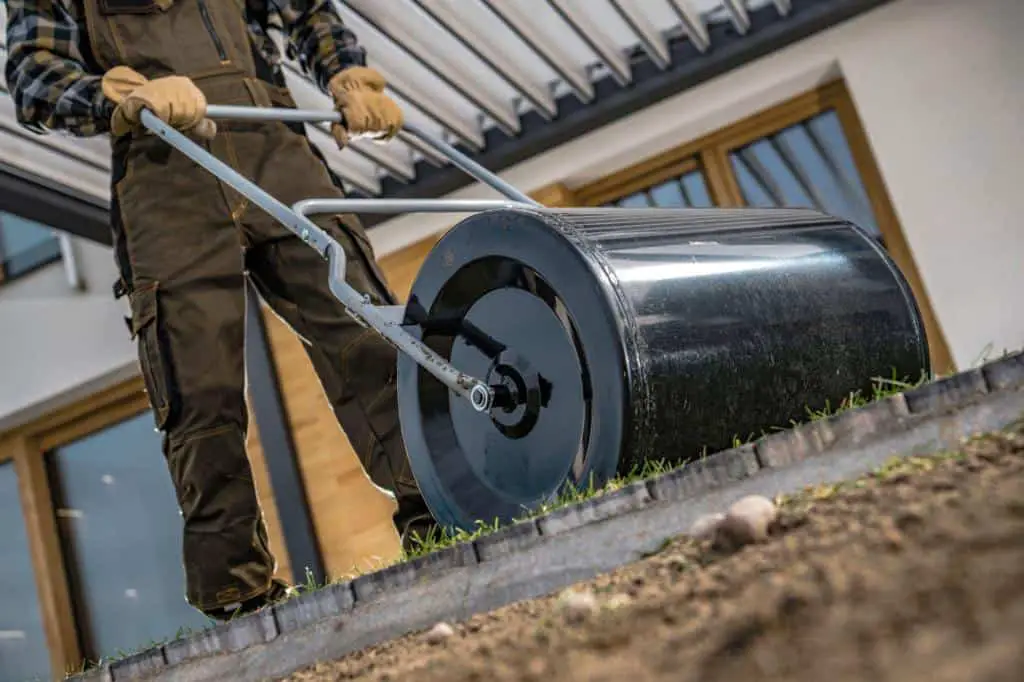
Creating a vibrant, thriving garden or lawn begins with the soil beneath your feet. But here’s the million-dollar question that often leaves gardeners and landscapers pondering: Does topsoil require a firm compacting hug before sowing the seeds of your dreams?
Properly compacted topsoil provides a stable environment for germinating seeds. Compacting before seeding may be necessary in some cases: However, some sources suggest that compacting the soil may be beneficial.
Let’s embark on a journey through the verdant world of gardening wisdom to unravel the mystery.
In this article, we’re diving deep into the art and science of topsoil. We’ll explore the intricacies of when, why, and how to compact topsoil as the fertile layer, and reveal the secrets to nurturing your plants’ growth. So, grab your gardening gloves and join us on this soil-tilling, seed-sowing journey to discover the truth about topsoil compaction!
Understanding Topsoil Compaction
Topsoil compaction is the process of compressing the upper layer of soil, known as topsoil, to reduce its volume and increase its density. It involves applying pressure to the soil particles, which eliminates large air gaps and makes the soil more stable and firm.
Before we delve deeper into compaction, let’s acknowledge the vital role topsoil plays. It’s the uppermost layer of soil, often teeming with organic matter, microorganisms, and nutrients, making it the ideal medium for plant roots to thrive. Without healthy topsoil, your gardening efforts can be in vain.
Compaction can be achieved using various tools, including compactors, rollers, and even the weight of vehicles. While it may sound counterintuitive to compact something so vital for plant growth, it’s a technique that can yield significant benefits when done correctly.
The Purpose of Compaction
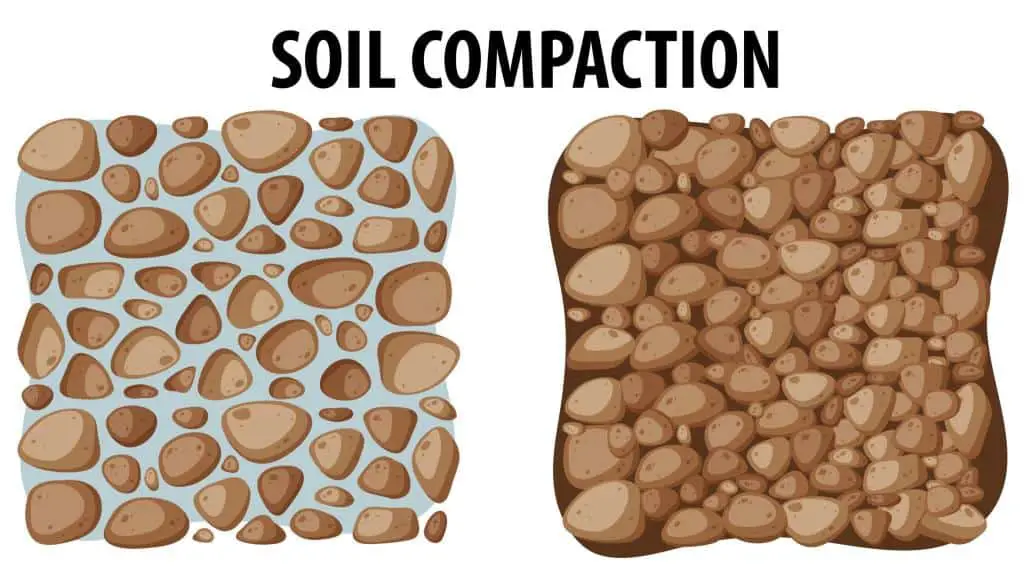
So, why might you want to compress this precious layer of soil? The primary goal of compacting topsoil before seeding is to create a stable and level surface for plant growth. This stability prevents soil erosion, promotes proper root development, and ensures good seed-to-soil contact.
However, overcompaction can have detrimental effects on your plants, which we’ll explore in the next section.
Here are some key reasons why compaction may be necessary:
- Preventing Soil Erosion: Compacted topsoil is less prone to erosion, which can wash away valuable nutrients and seeds.
- Enhancing Seed Germination: A firm soil surface allows seeds to make better contact with the soil, promoting quicker and more even germination.
- Supporting Root Growth: Compacted soil provides a solid foundation for developing root systems, helping plants establish themselves more effectively.
- Reducing Soil Settling: Over time, uncompacted soil may settle, leading to uneven surfaces and drainage issues.
Now that we understand why compaction can be beneficial, let’s explore when it’s appropriate and when it’s best avoided.
Factors Influencing Topsoil Compaction
Soil Type
Different soil types have varying levels of natural compaction. Clay soils tend to be naturally compacted, while sandy soils are generally looser. If you have sandy soil, you may not need to compact it as much as clay soil.
Soil Moisture
The moisture content of your topsoil plays a significant role in determining whether compaction is necessary. Soil that is too wet can become compacted too easily, leading to poor aeration. Conversely, dry soil may resist compaction altogether. The ideal moisture content for compaction falls in the middle, where the soil is slightly moist but not overly wet.
Intended Use
Consider the purpose of the area you’re seeding. High-traffic areas, such as lawns or sports fields, benefit from compaction to ensure durability. In contrast, flowerbeds or vegetable gardens may require less compaction to allow for better drainage and root growth.
Existing Soil Conditions
If your topsoil is already naturally compacted or has been previously compacted for construction purposes, additional compaction may not be necessary and can even be counterproductive.
Tools and Equipment
The choice of tools and equipment for compaction also matters. Light compaction tools like hand tampers are suitable for smaller areas, while larger areas may require the use of mechanical compactors or rollers.
To determine if your topsoil needs compaction, it’s advisable to conduct a soil compaction test. This simple test involves digging a small hole and observing how the soil behaves when squeezed in your hand. If it crumbles easily, it may not need compaction. However, if it forms a dense ball or ribbon, it’s a sign that compaction might be necessary.
Does Topsoil Need to Be Compacted before Seeding?
Compacting topsoil is not necessary; topsoil does not need to be compacted. Instead, it may need to be loosened every now and then with a rake or a hoe to prevent weed growth. By gently walking heel-to-heel over the area to remove any air gaps in the soil without compacting it together.
However, some sources suggest that compacting the soil may be beneficial. Some farmers recommend compacting the soil before seeding if it sinks 1 inch when stepped on, as it will sink over time anyway. It also suggests that compacting the soil can prevent the turf from settling unevenly and creating bumps and dips.
Properly compacted topsoil provides a stable environment for germinating seeds. Heavy rain and wind are less likely to wash away or disturb the seeds. This stability can lead to higher germination rates, ensuring that more of your seeds sprout into healthy plants.
When to Compact Topsoil
Timing is critical when it comes to topsoil compaction. It’s typically done before planting seeds or laying sod. The ideal time is when the soil is moist but not overly wet, making it more pliable for compaction.
As mentioned, the moisture content of your topsoil is crucial. You can perform a simple test by squeezing a handful of soil; if it crumbles easily, it’s likely at the right moisture level for compaction. If it forms a muddy ball, it’s too wet, and if it doesn’t hold together at all, it’s too dry.
WARNING![]()
While compaction can offer benefits, it’s essential to strike a balance. Overcompaction can harm your soil’s natural structure and negatively impact plant growth. Consider the specific needs of your landscaping or gardening project and consult with experts if unsure.
Steps to Compacting Topsoil
If your soil conditions and intended use indicate that compaction is necessary, here’s a step-by-step guide on how to properly compact your topsoil:
1. Prepare the Area
Clear the area of any debris, rocks, or vegetation. Ensure the soil is properly graded to achieve the desired slope and drainage.
2. Test Soil Moisture
Perform a soil moisture test to ensure the soil is at the right moisture level for compaction. Adjust the moisture content if needed.
3. Select the Right Equipment
Choose the appropriate compaction equipment based on the size and nature of the area. Hand tampers, plate compactors, or drum rollers are common options.
4. Start Compacting
Begin compacting the soil, starting at one end and working your way to the other. Use a systematic pattern to ensure even compaction.
5. Monitor Soil Density
Periodically test the soil density with a soil compaction tester. Adjust the compaction effort as necessary to achieve the desired density.
6. Finish the Surface
Once you’ve achieved the desired compaction level, finish the surface to ensure it’s smooth and level.
7. Seed and Mulch
After compaction, it’s time to seed your lawn or plant your garden. Ensure proper seed-to-soil contact by raking or rolling the area lightly. Apply a layer of mulch to retain moisture and protect the seeds.
Alternatives to Topsoil Compaction
While topsoil compaction can offer benefits, it’s not the only path to a successful garden or landscape. In fact, there are alternative approaches that can help you achieve healthy topsoil without the potential downsides of compaction.
Improving Topsoil Structure without Compaction
One of the primary reasons for topsoil compaction is to enhance its structural stability. However, there are alternative methods to achieve this without resorting to compaction:
- Aeration: Aerating the soil involves perforating it with holes to allow air, water, and nutrients to penetrate. This process can help break up compacted soil, improve root health, and promote overall soil health.
- Soil Conditioning: Adding organic matter like compost or well-rotted manure can work wonders for your topsoil. These organic materials improve soil structure, increase nutrient content, and enhance moisture retention.
- Cover Crops: Planting cover crops like clover or buckwheat during the off-season can naturally improve soil structure. Their roots help break up compacted soil, and when tilled back into the soil, they enrich it with organic matter.
Using Organic Matter and Soil Amendments
The use of organic matter and soil amendments is a time-tested approach to enriching topsoil:
- Compost: Compost is a gardener’s best friend. It not only improves soil structure but also provides a steady supply of nutrients to your plants. Incorporating compost into your topsoil can promote healthier plant growth.
- Peat Moss: Peat moss can be mixed into topsoil to improve moisture retention. It’s particularly beneficial in sandy soils that struggle to hold water.
- Manure: Well-rotted manure from sources like cows or chickens can be an excellent organic amendment. It enriches the soil with essential nutrients and improves its texture.
Aeration as an Alternative to Compaction
Aeration isn’t just an alternative; it’s a valuable practice in its own right:
- Mechanical Aeration: Mechanical aerators use spikes or hollow tines to create holes in the soil. This process not only relieves compaction but also encourages root growth and enhances water infiltration.
- Liquid Aeration: Some liquid aeration products can be applied to your lawn or garden. They contain compounds that help break up compacted soil and improve soil structure over time.
Negative Consequences of Excessive Topsoil Compaction
- Root Restriction: Overly compacted soil makes it difficult for plant roots to penetrate and spread. This can stunt root growth and limit the plant’s ability to access water and nutrients.
- Poor Drainage: Compacted soil can become almost impermeable, leading to water pooling on the surface. Excess water can drown plant roots, causing root rot and other moisture-related issues.
- Soil Erosion: Compacted soil is more prone to erosion. Without the natural structure that allows water to percolate, rainwater can carry away valuable topsoil.
FAQs on Soil Compaction Before Sowing Seeds
What are the signs of soil compaction in my garden?
Signs of soil compaction in your garden include poor drainage, surface crusting, slow plant growth, and increased runoff after rain. Plant roots struggling to penetrate the soil are another indicator.
Can I use a roller for compacting topsoil before seeding?
Yes, you can use a roller to compact topsoil before seeding. However, be cautious not to overcompact, which can lead to issues like poor aeration and drainage.
Is it necessary to hire a professional for topsoil compaction?
Hiring a professional is not always necessary for topsoil compaction. It depends on the scale of your project and your expertise. Small-scale gardening can often be managed without professional help.
How long does it take for compacted topsoil to settle before seeding?
Compacted topsoil typically settles within a few weeks to a couple of months, depending on factors like soil type, moisture content, and weather conditions.
Can I seed directly into uncompacted topsoil?
You can seed directly into uncompacted topsoil, but compaction can provide better seed-to-soil contact and improve germination rates.
Are there any organic methods to improve topsoil structure without compaction?
Incorporating organic matter like compost, mulch, and cover cropping can enhance topsoil structure without the need for mechanical compaction.

